Home>Construction & Tools>Building Materials>How To Clean Calcium Off Brick
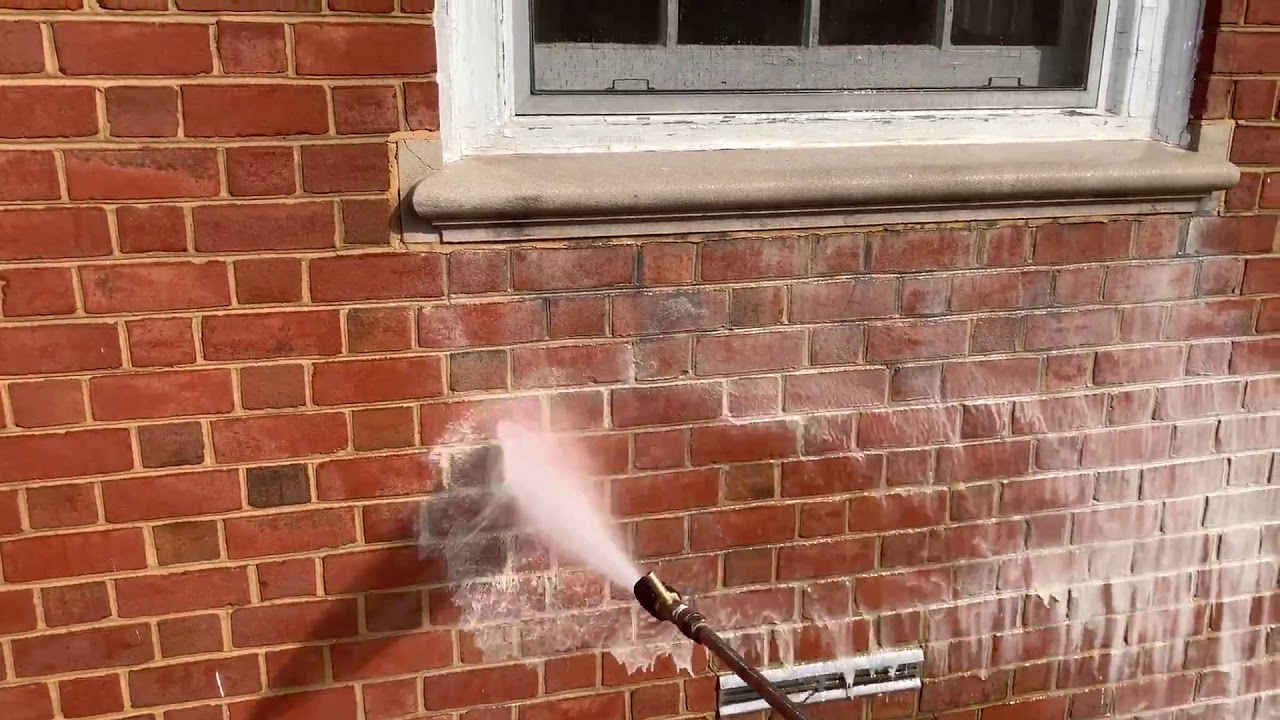

Building Materials
How To Clean Calcium Off Brick
Published: January 22, 2024
Learn how to effectively clean calcium deposits off brick and other building materials with our expert tips and tricks. Keep your property looking its best with our proven cleaning methods.
(Many of the links in this article redirect to a specific reviewed product. Your purchase of these products through affiliate links helps to generate commission for Storables.com, at no extra cost. Learn more)
Introduction
Welcome to the comprehensive guide on how to clean calcium off brick. Over time, brick surfaces can develop unsightly calcium deposits, often caused by water exposure, mineral buildup, or efflorescence. These white, chalky stains can detract from the natural beauty of your brickwork, but fear not – with the right knowledge and tools, you can restore your brick surfaces to their former glory.
In this article, we will delve into the various methods for effectively removing calcium buildup from brick, as well as the materials needed for the task. Furthermore, we will explore preventive measures to help you maintain your brick surfaces and minimize future calcium accumulation. Whether you are a homeowner, a contractor, or a DIY enthusiast, this guide will equip you with the insights and techniques to tackle this common challenge with confidence.
So, let’s roll up our sleeves and discover the best ways to restore the timeless allure of your brickwork by bidding farewell to stubborn calcium deposits.
Key Takeaways:
- Say goodbye to unsightly calcium deposits on your brick surfaces by using water and vinegar or lemon juice solutions for mild buildup, or commercial cleaners and diluted muriatic acid for stubborn deposits.
- Prevent future calcium buildup by improving drainage, implementing regular maintenance, considering water softening solutions, applying protective sealants, and ensuring proper ventilation to maintain the timeless allure of your brickwork.
Read more: How To Clean Efflorescence Off Brick
Understanding Calcium Buildup on Brick
Calcium buildup on brick surfaces can be a persistent nuisance, marring the appearance of your architecture and outdoor spaces. This phenomenon typically occurs due to various factors, such as water exposure, mineral content in the water, and the composition of the bricks themselves.
When water comes into contact with brick, it can dissolve and carry minerals from the brick and mortar joints to the surface. As the water evaporates, it leaves behind these minerals, leading to the formation of unsightly white stains. This process, known as efflorescence, is a common culprit behind calcium buildup on brick.
Furthermore, the mineral content in the water, particularly high levels of calcium carbonate, can exacerbate the formation of deposits on the brick surface. In regions with hard water, where the water supply contains elevated levels of minerals, the likelihood of calcium buildup on brick is heightened.
The composition of the bricks themselves also plays a role in the susceptibility to calcium deposits. Porous bricks, which have more interconnected pore spaces, are more prone to absorbing water and minerals, making them more susceptible to efflorescence and calcium buildup.
Understanding the underlying causes of calcium buildup on brick is crucial for devising effective cleaning and prevention strategies. By gaining insight into the factors contributing to this issue, you can tailor your approach to address the specific challenges presented by your brick surfaces.
Materials Needed for Cleaning
Before embarking on the task of removing calcium buildup from brick, it is essential to gather the necessary materials to ensure a thorough and successful cleaning process. Here are the key items you will need:
- Protective Gear: Prioritize safety by donning protective gear, including goggles, gloves, and a mask, to shield yourself from potential irritants present in cleaning solutions and airborne particles.
- Cleaning Solution: Select an appropriate cleaning solution based on the severity of the calcium buildup. Options include commercial brick cleaners, diluted muriatic acid, or a homemade solution comprising water and white vinegar or lemon juice.
- Stiff Bristle Brush: A stiff-bristled brush or a wire brush is indispensable for scrubbing the affected brick surfaces and dislodging stubborn calcium deposits.
- Protective Sealant: Consider obtaining a protective sealant designed for brick surfaces to apply after cleaning. This sealant can help prevent future calcium buildup and protect the bricks from water infiltration.
- Bucket: Use a sturdy bucket for mixing cleaning solutions and for transporting water to the cleaning site.
- Water Source: Access to a water source, such as a garden hose or a large container of water, is essential for rinsing the brick surfaces before and after cleaning.
- Plastic Sheeting or Tarp: To protect adjacent surfaces and vegetation from potential damage or exposure to cleaning solutions, lay down plastic sheeting or a tarp as a precautionary measure.
- Ladder or Scaffolding: If the affected brickwork is located at a height, ensure you have safe and stable access to the area by using a ladder or scaffolding.
By assembling these materials before initiating the cleaning process, you can approach the task with confidence and efficiency, setting the stage for a successful endeavor to rejuvenate your brick surfaces and bid farewell to stubborn calcium deposits.
Mix equal parts white vinegar and water in a spray bottle. Spray the solution onto the calcium deposits on the brick and let it sit for a few minutes. Scrub the area with a stiff brush and rinse with water. Repeat if necessary.
Methods for Cleaning Calcium Off Brick
When it comes to tackling calcium buildup on brick, employing the right cleaning methods is essential for achieving optimal results while safeguarding the integrity of the brick surfaces. Here are several effective methods for removing calcium deposits from brick:
- Water and Vinegar/Lemon Juice Solution: For mild calcium deposits, start by creating a solution of water and either white vinegar or lemon juice. Apply the solution to the affected areas and allow it to sit for several minutes to help break down the calcium deposits. Follow this by scrubbing the surface with a stiff-bristled brush and rinsing thoroughly with water.
- Commercial Brick Cleaner: If the calcium buildup is more stubborn, consider using a commercial brick cleaner specifically formulated to dissolve and remove mineral deposits. Follow the manufacturer’s instructions for application and dwell time, and ensure thorough rinsing after cleaning.
- Diluted Muriatic Acid: In cases of severe calcium buildup, diluted muriatic acid can be effective, but caution must be exercised due to its corrosive nature. Proper protective gear and adherence to safety guidelines are imperative. Dilute the acid as per the manufacturer’s recommendations, apply it to the affected areas, scrub gently, and rinse meticulously with water.
- Pressure Washing: Utilizing a pressure washer with a suitable nozzle and pressure setting can aid in dislodging and removing calcium deposits from brick surfaces. Exercise care to avoid using excessive pressure, which could damage the bricks or drive the calcium deeper into the surface.
- Sealant Application: After cleaning, consider applying a protective sealant designed for brick surfaces. This sealant can help prevent future calcium buildup by creating a barrier against water infiltration and mineral deposition, thereby preserving the cleanliness and integrity of the brickwork.
Prior to commencing any cleaning method, it is advisable to test the chosen solution or cleaner on a small, inconspicuous area of the brick surface to assess its compatibility and impact. Additionally, always follow safety precautions, including the use of protective gear and proper ventilation, when working with cleaning solutions and chemicals.
By selecting the most suitable cleaning method based on the severity of the calcium buildup and diligently following the prescribed techniques, you can effectively restore the luster of your brick surfaces and bid farewell to stubborn calcium deposits.
Preventing Future Calcium Buildup
After successfully removing calcium buildup from your brick surfaces, taking proactive measures to prevent future accumulation is paramount in preserving the pristine appearance of your architecture and outdoor spaces. Here are several strategies to help prevent the recurrence of calcium deposits on brick:
- Improved Drainage: Addressing water drainage issues around your brickwork can help minimize water exposure and the subsequent formation of calcium deposits. Ensure that gutters, downspouts, and landscaping features direct water away from the brick surfaces to mitigate prolonged moisture contact.
- Regular Cleaning and Maintenance: Implement a routine cleaning schedule to promptly address any emerging calcium deposits and prevent them from becoming deeply ingrained. Regularly inspect your brickwork and promptly attend to any signs of efflorescence or mineral buildup.
- Use of Water Softeners: If your region has hard water with high mineral content, consider installing a water softening system to reduce the mineral levels in the water supply. This can significantly diminish the likelihood of calcium buildup on your brick surfaces.
- Application of Sealants: Following the cleaning of your brick surfaces, apply a quality sealant designed for brickwork to create a protective barrier against water infiltration and mineral deposition. Reapply the sealant as recommended to maintain its efficacy over time.
- Proper Ventilation: Ensure adequate ventilation and airflow around your brick structures to facilitate the evaporation of moisture and minimize the accumulation of mineral deposits. Address any areas where stagnant moisture may linger, such as enclosed spaces or areas with limited air circulation.
By incorporating these preventive measures into your maintenance regimen, you can fortify your brick surfaces against future calcium buildup and preserve their pristine appearance for the long term. Additionally, staying vigilant and promptly addressing any signs of efflorescence or mineral deposits can help mitigate the impact of calcium buildup and maintain the timeless allure of your brickwork.
Read more: How To Clean Soot Off Of Brick
Conclusion
Cleaning calcium off brick surfaces is a task that demands a blend of meticulous care, effective techniques, and proactive measures to maintain the integrity and visual appeal of your architecture. By understanding the causes of calcium buildup, assembling the necessary materials, and employing the appropriate cleaning methods, you can rejuvenate your brickwork and bid farewell to stubborn mineral deposits.
From utilizing gentle solutions like water and vinegar to employing commercial cleaners or diluted muriatic acid for more stubborn deposits, the methods outlined in this guide offer versatile approaches to address varying levels of calcium buildup. However, it is crucial to exercise caution, prioritize safety, and conduct thorough testing before applying any cleaning solution to your brick surfaces.
Furthermore, the preventive strategies detailed in this guide offer valuable insights into sustaining the cleanliness and allure of your brickwork over time. By enhancing drainage, implementing regular maintenance, considering water softening solutions, applying protective sealants, and ensuring proper ventilation, you can fortify your brick surfaces against future calcium buildup and preserve their timeless elegance.
As you embark on the journey of cleaning and maintaining your brick surfaces, remember that patience, attention to detail, and a commitment to safety are essential companions. By embracing these principles and the knowledge shared in this guide, you can confidently restore the natural beauty of your brickwork and create enduring spaces that exude charm and character.
So, armed with the insights and techniques presented here, go forth and reclaim the pristine allure of your brick surfaces, bidding adieu to stubborn calcium deposits and embracing the timeless elegance of your architectural masterpieces.
Frequently Asked Questions about How To Clean Calcium Off Brick
Was this page helpful?
At Storables.com, we guarantee accurate and reliable information. Our content, validated by Expert Board Contributors, is crafted following stringent Editorial Policies. We're committed to providing you with well-researched, expert-backed insights for all your informational needs.
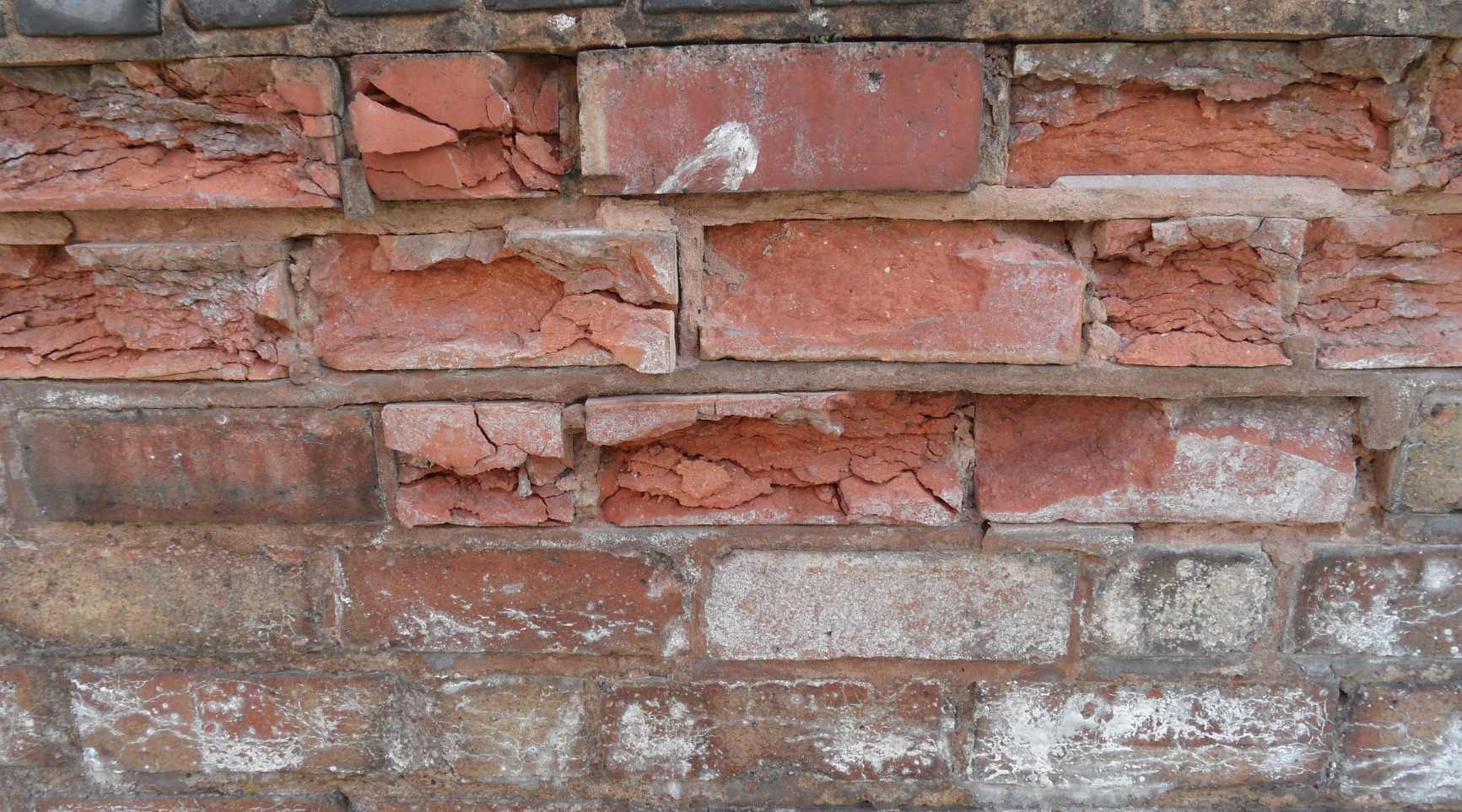
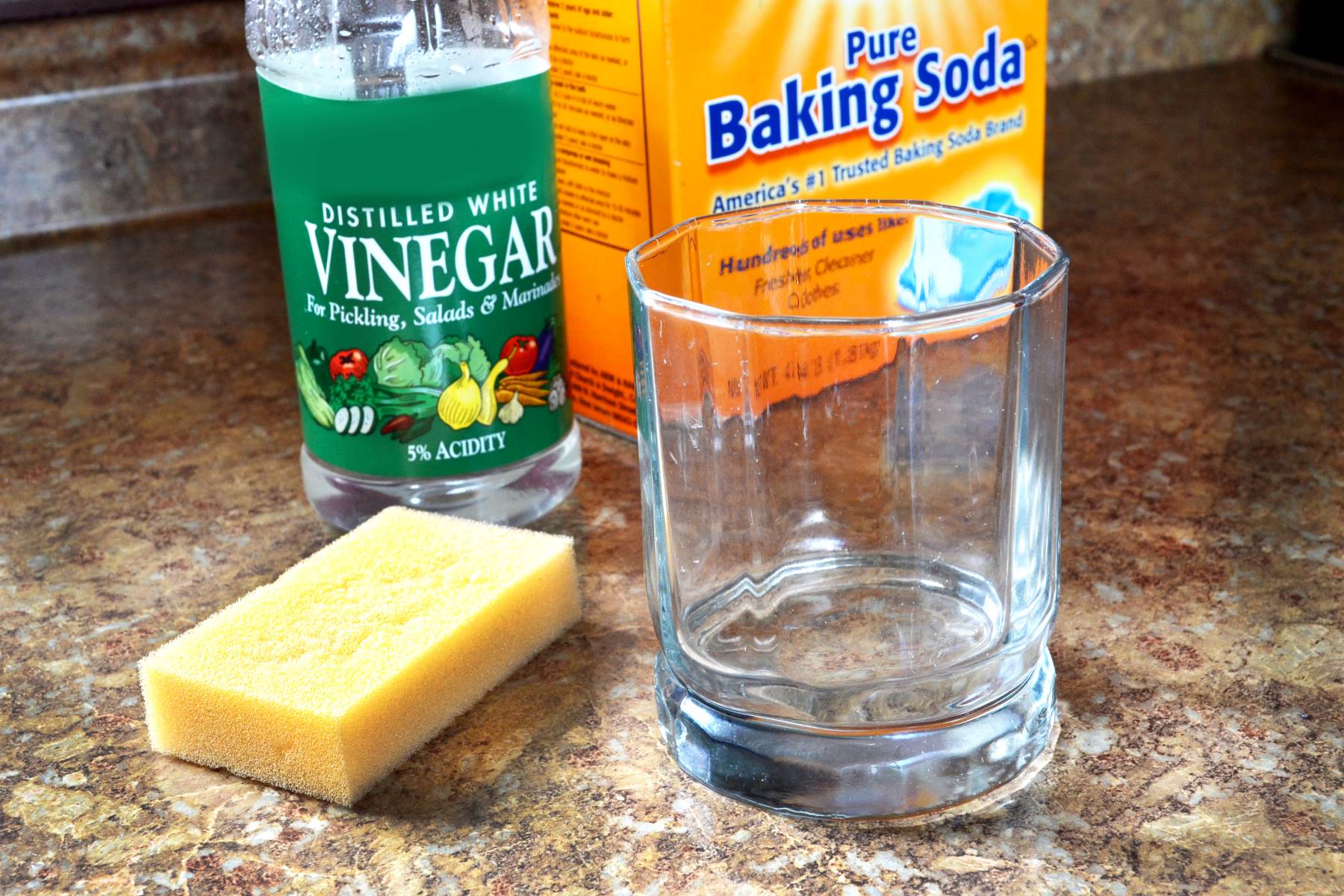
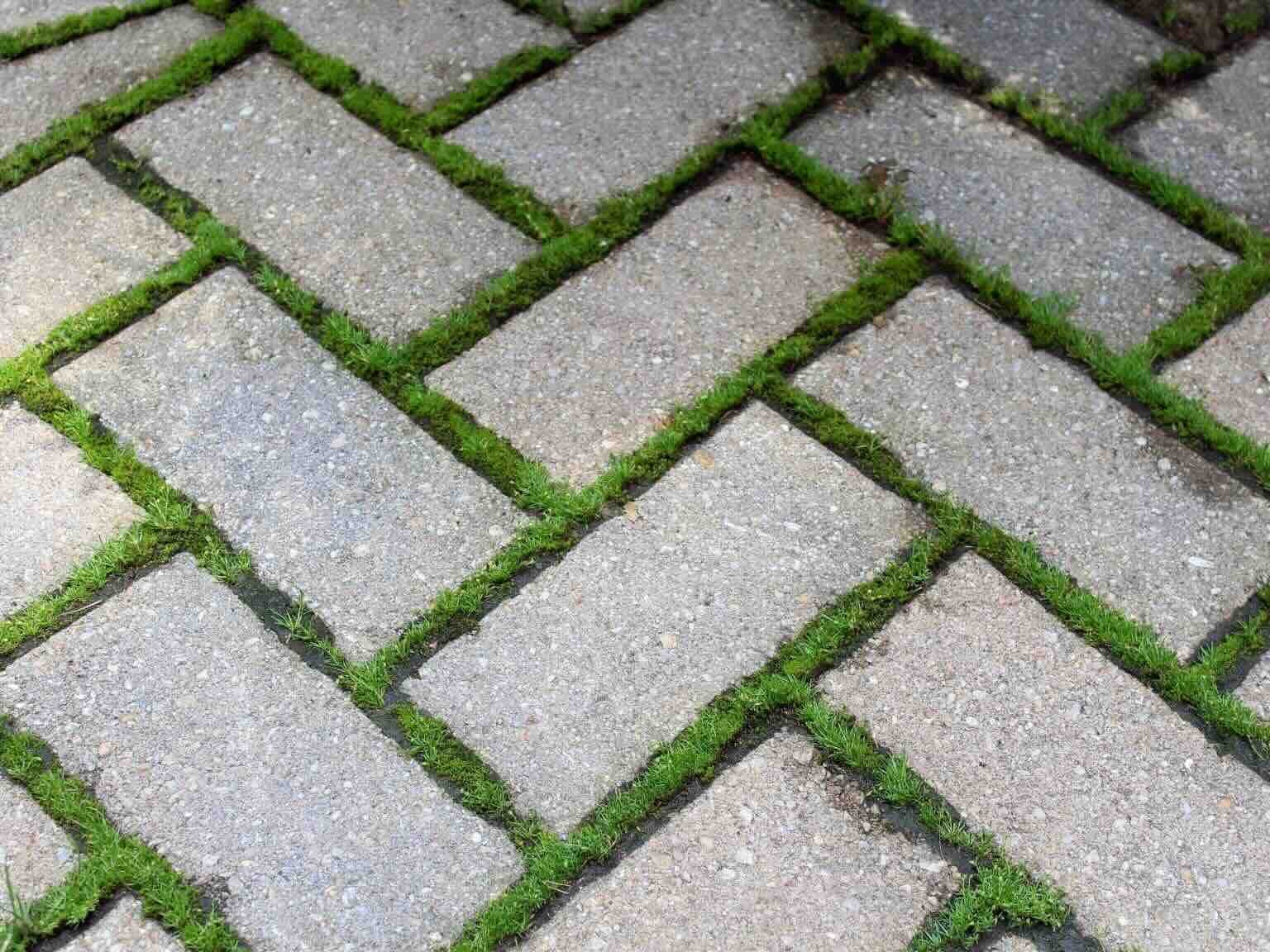
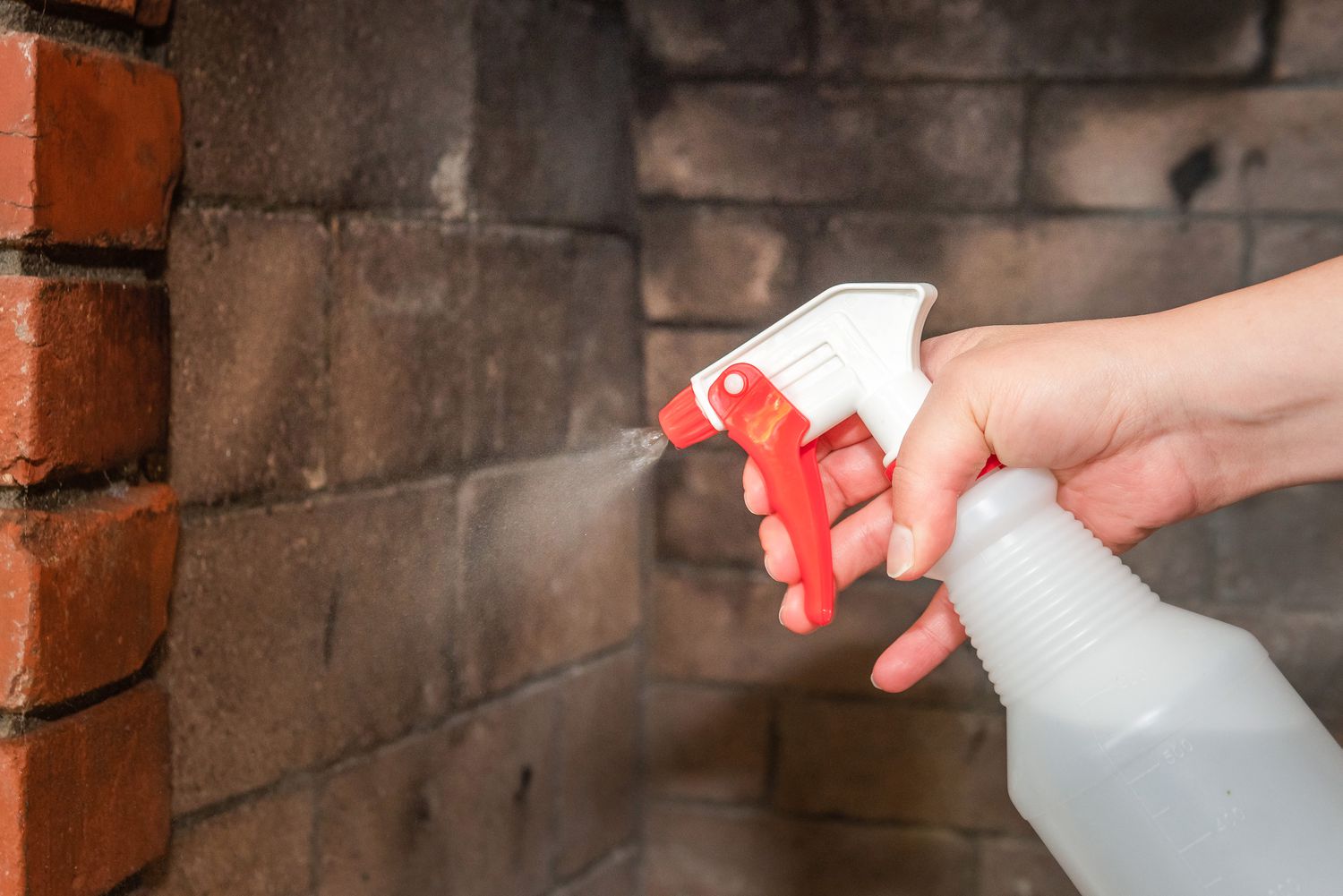
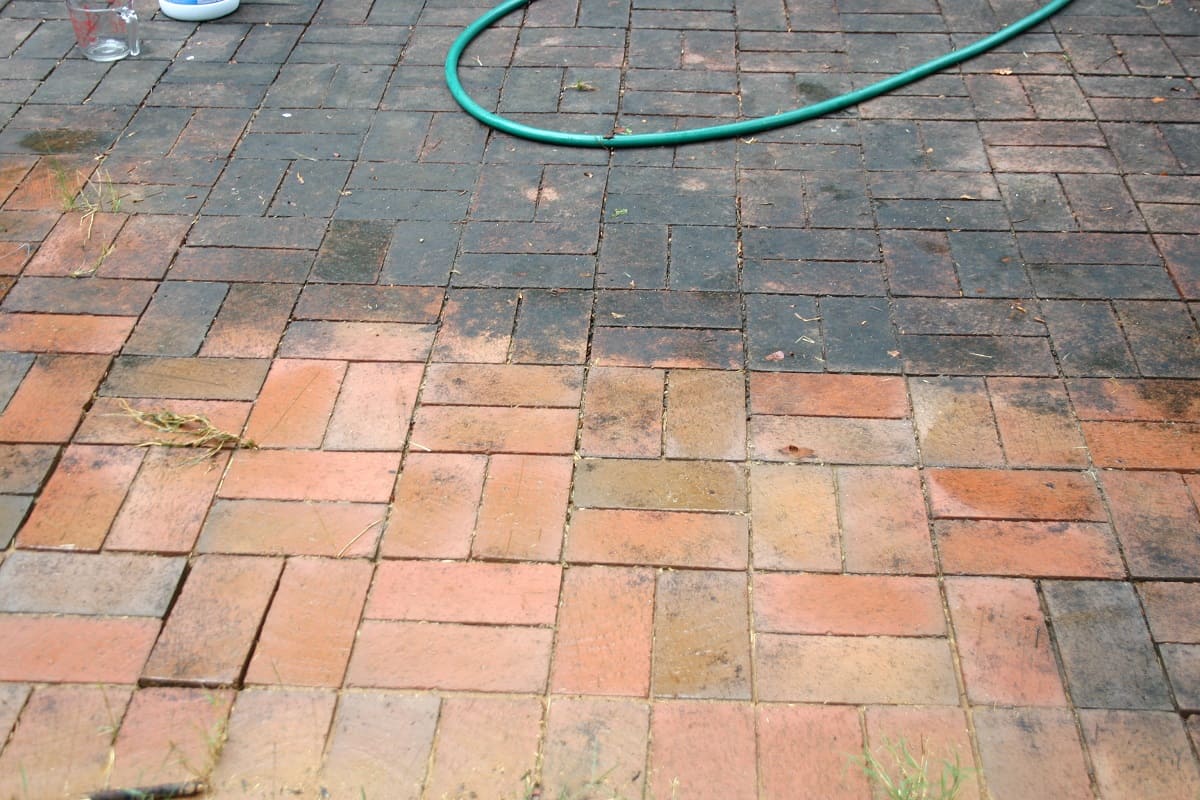
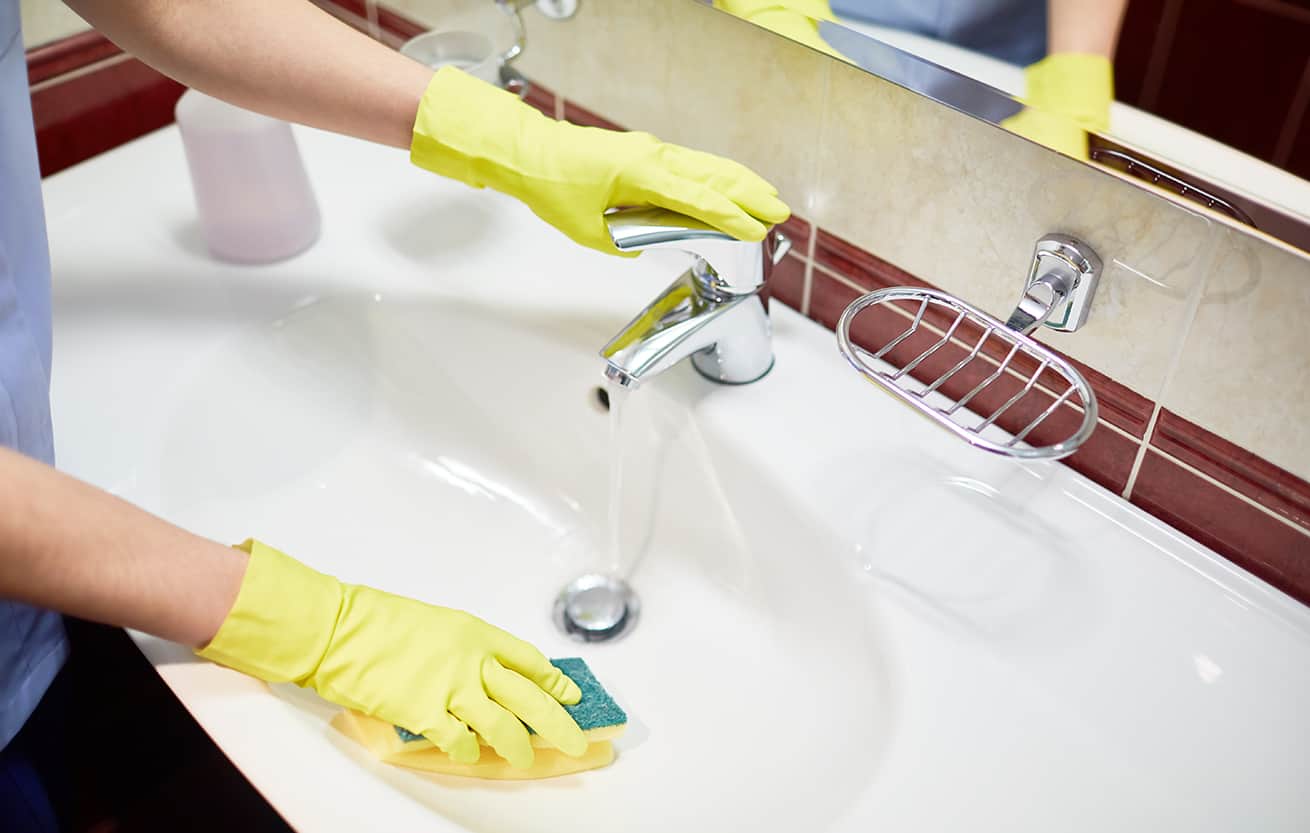
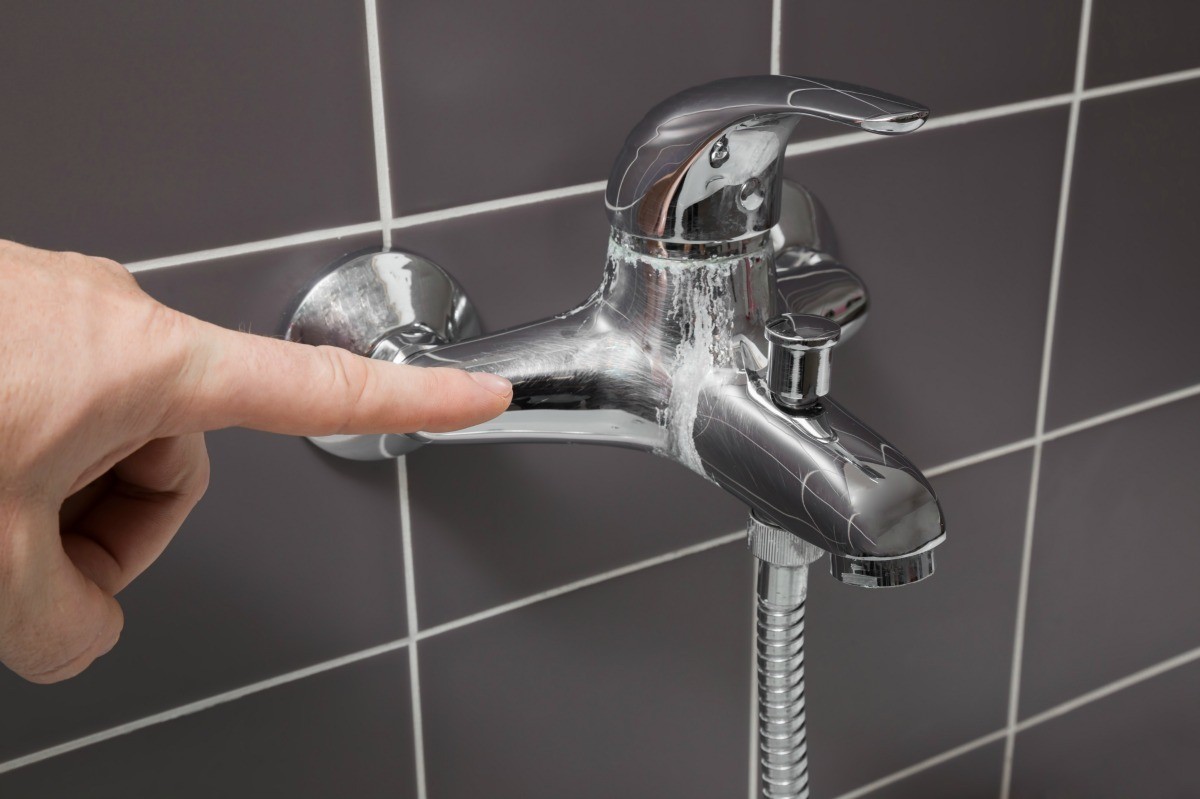
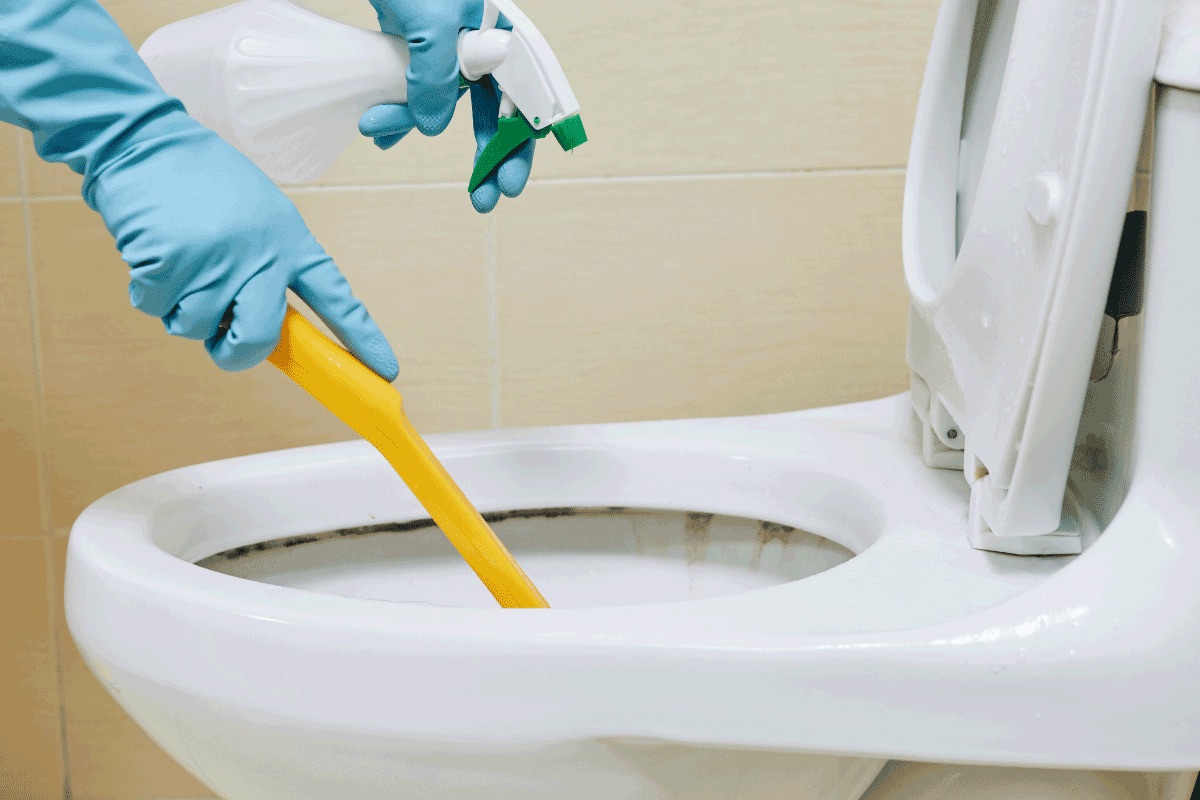
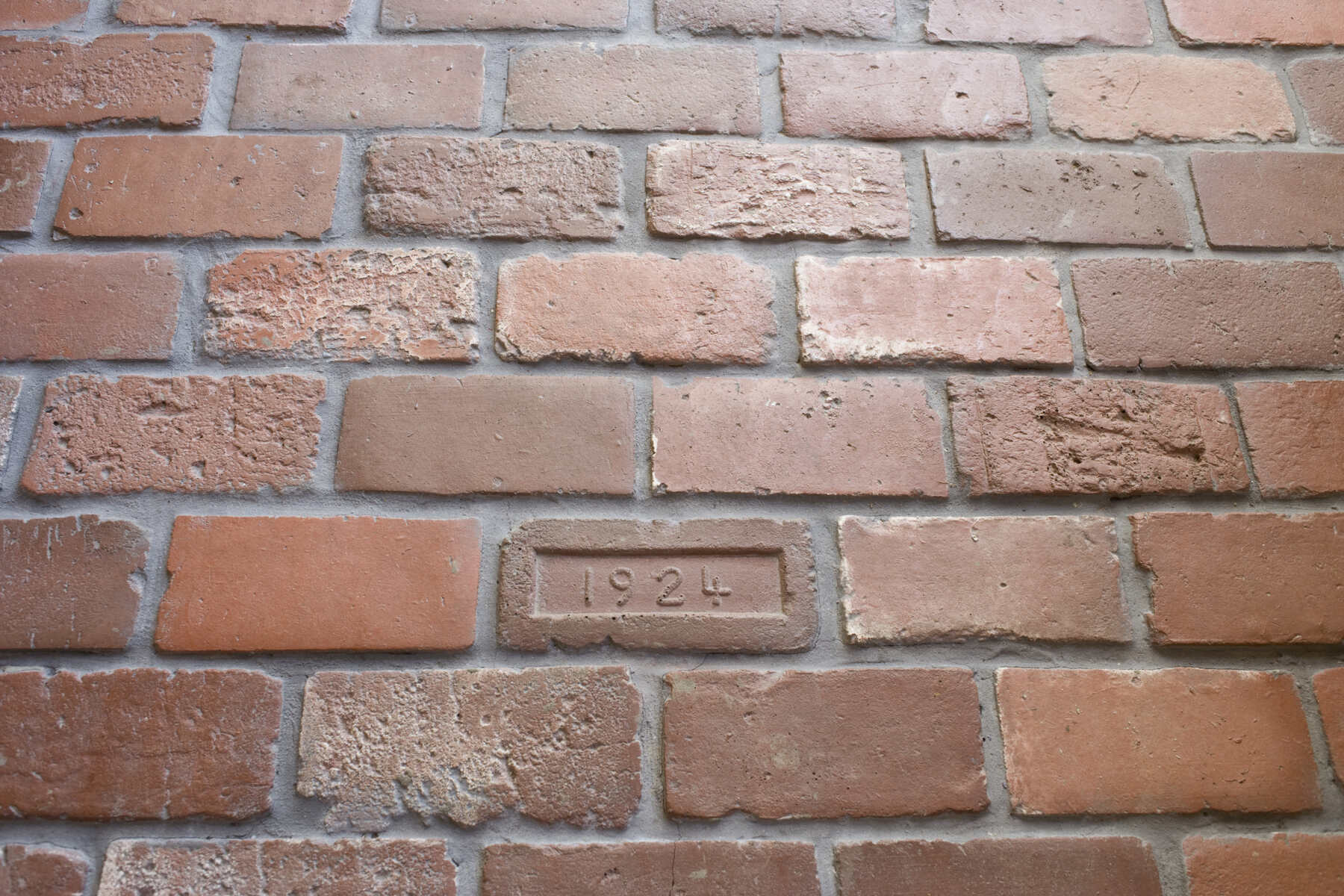
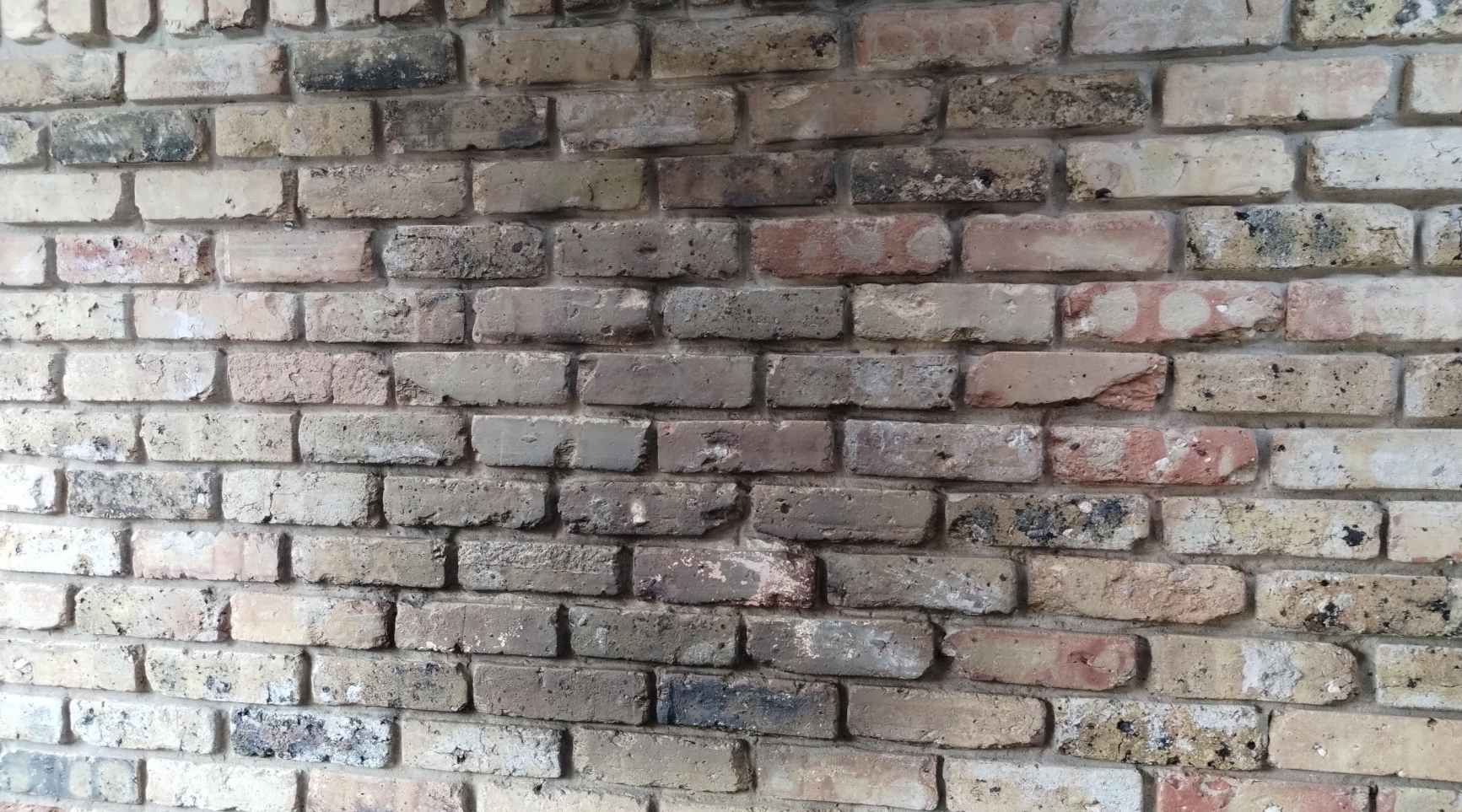
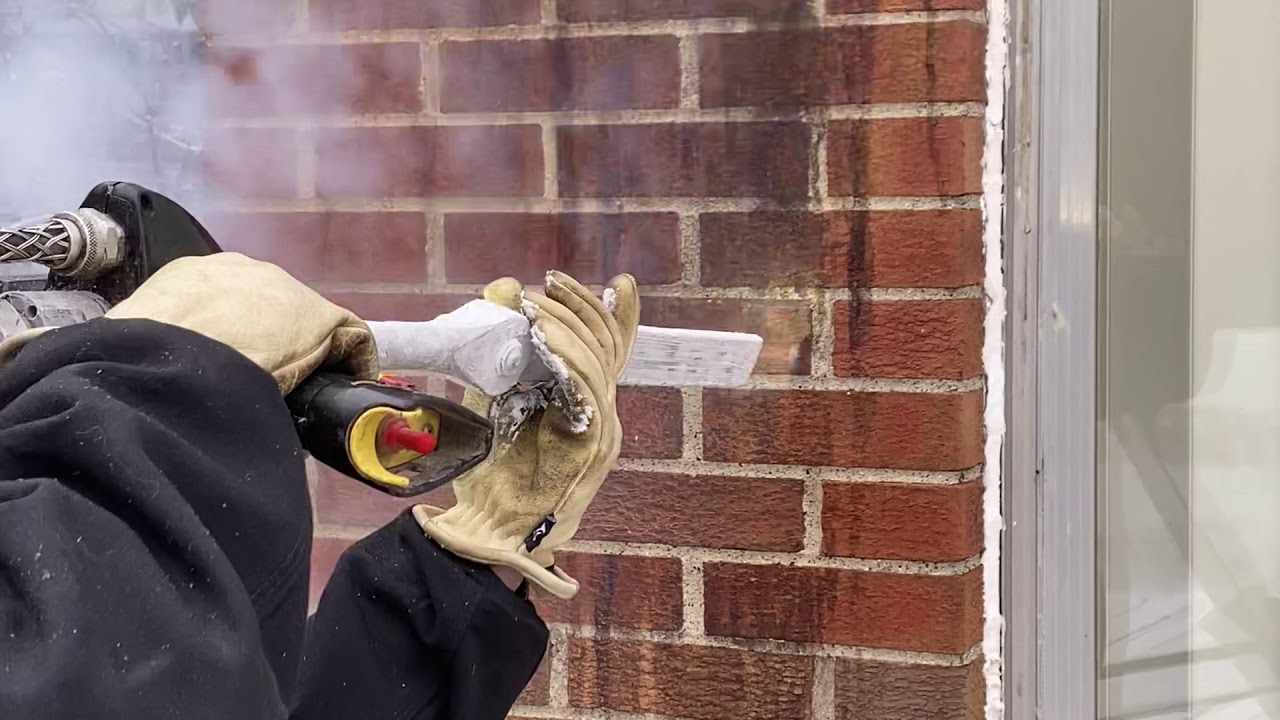
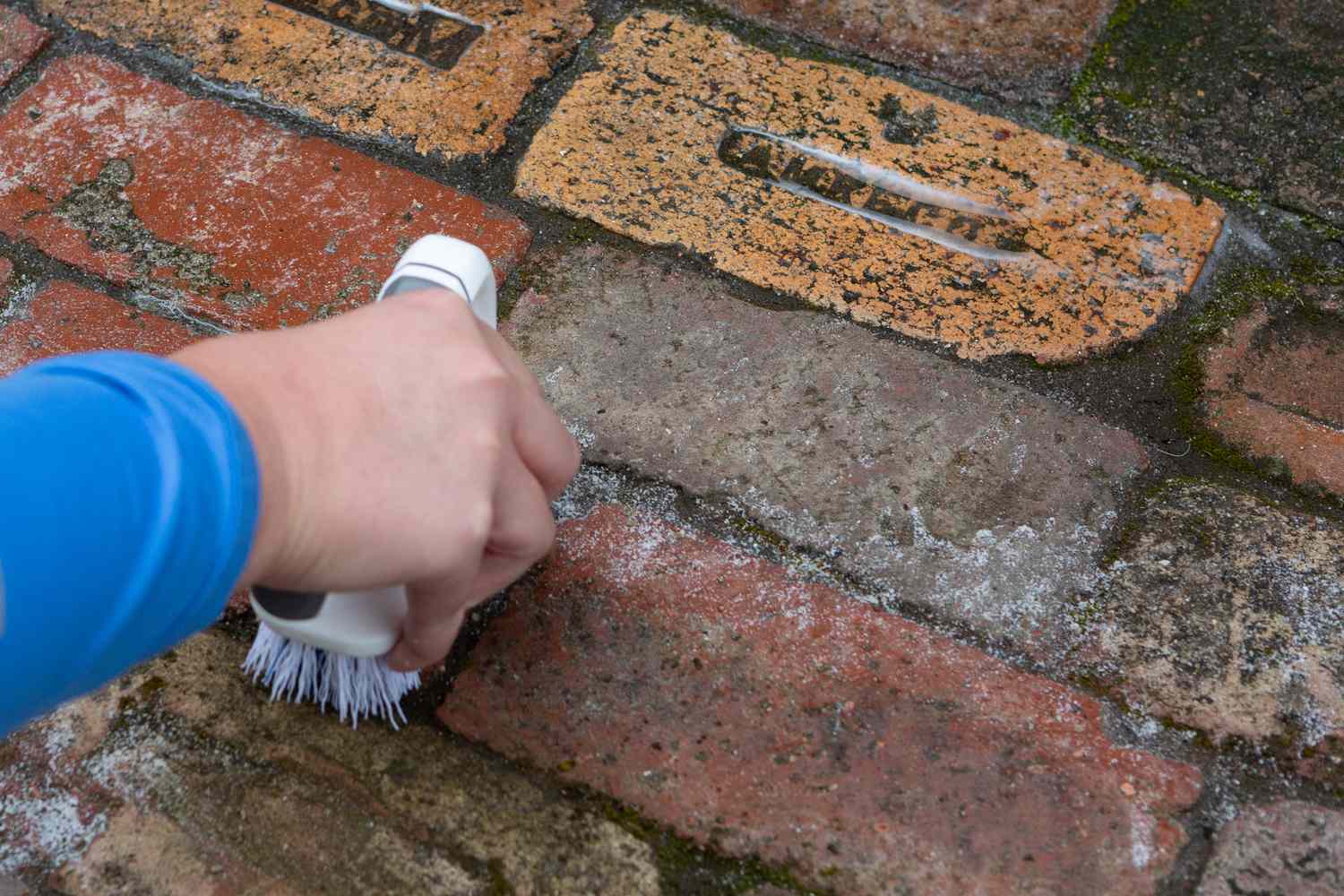
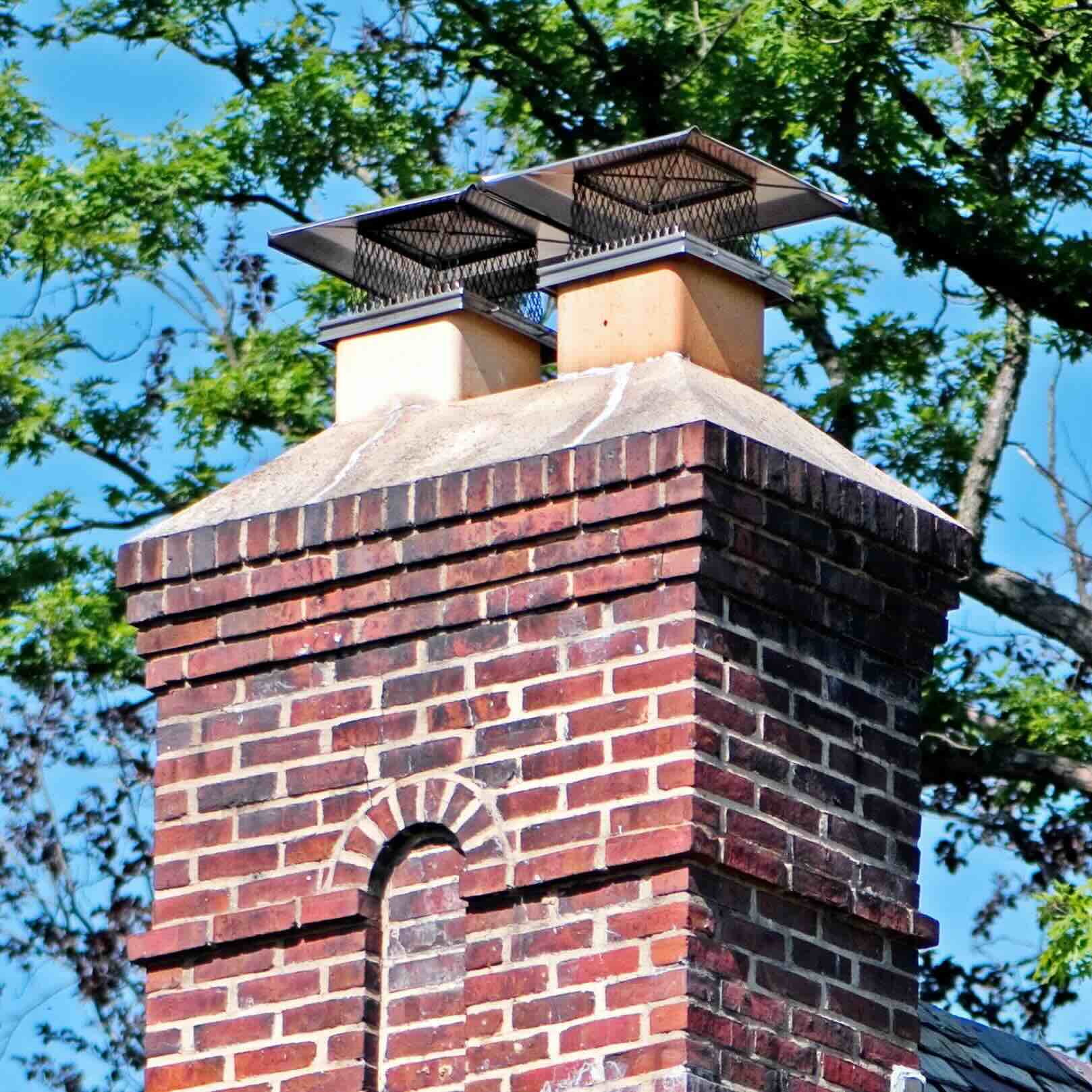
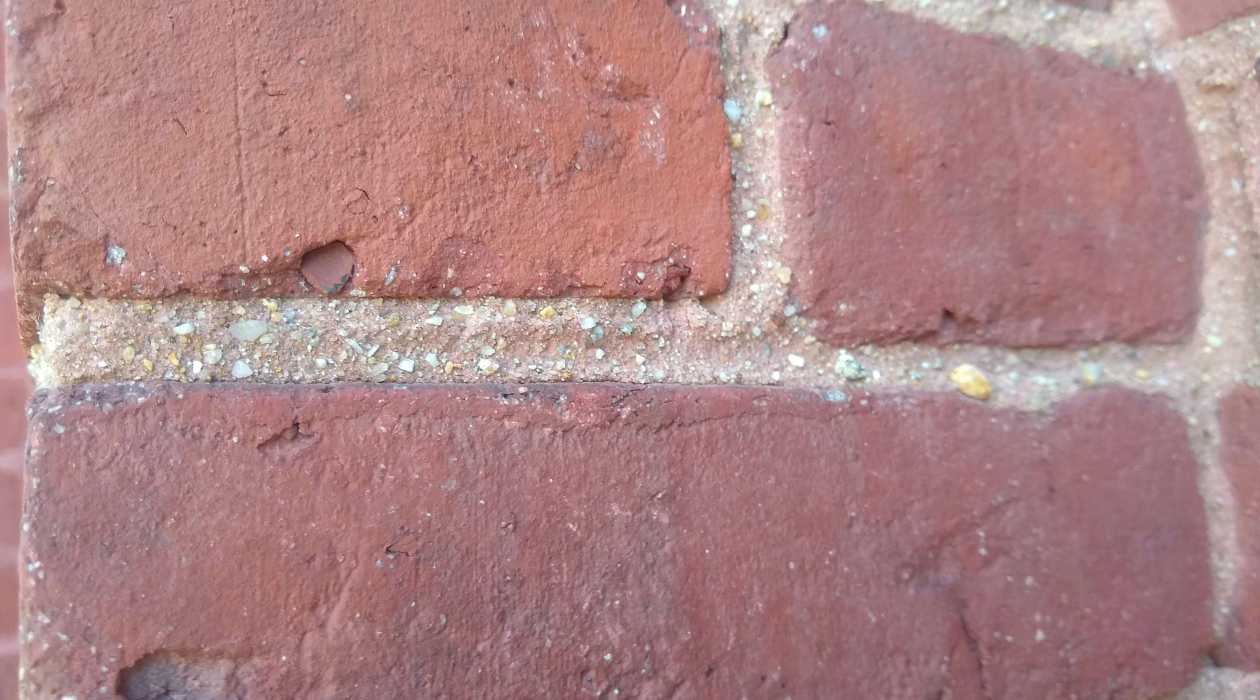

0 thoughts on “How To Clean Calcium Off Brick”